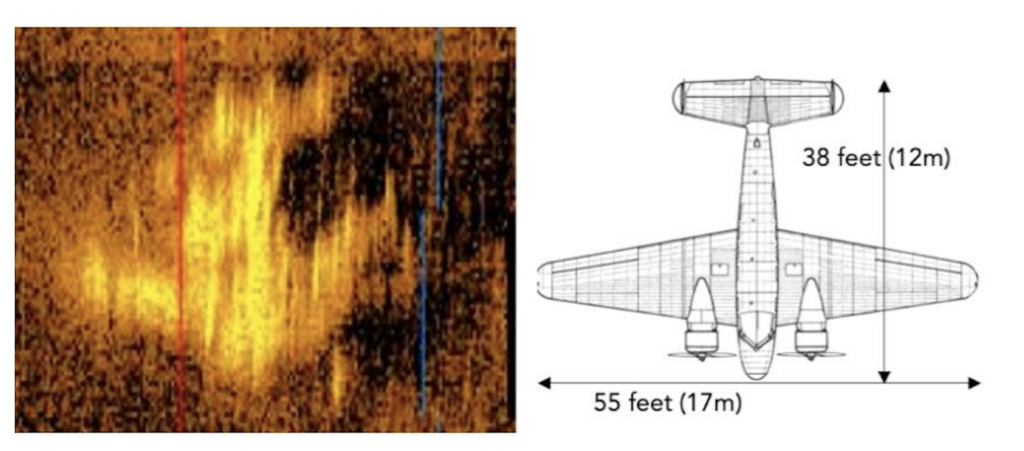A sonar signature picked up in the South Pacific Ocean may correspond to Amelia Earhart’s lost aircraft, according to Tony Romeo, founder of Deep Sea Vision, an exploration company created to search for the famous missing aviator.
The signals detected by Romeo and his team correspond to that of an aircraft-shaped object resting on the seabed at a depth of 16,500 feet (approximately 5,000 meters). However, it is impossible to determine this for certain as the signals could also correspond to other objects or even rocks.

In July 1937, Amelia Earhart, perhaps the most famous female aviator of all time, disappeared without trace in the South Pacific alongside with co-pilot Fred Noonan. The pair had been attempting to complete an around-the-world journey in a Lockheed 10E Electra aircraft.
This unsolved mystery has led to multiple theories ranging from the possibility they were captured by Japanese forces to the idea that they ran out of fuel over the ocean as they were attempting to reach Howland Island, a tiny attoll located in the central Pacific Ocean.
A thorough search of the area was conducted by the United States Navy at the time of her disappearance. Other researchers tried to find clues about Earhart and Noon’s fate in the decades since, but all attempts had been in vain.
Romeo, a former US Air Force pilot and entrepreneur from South Carolina, sold most of his assets to finance his own search expedition for Earhart. This included the purchase of a Hugin 6000 sea drone from Norwegian firm Kongberg. This $9 million piece of equipment features one of the most advanced sonars available on the market, capable of reaching the abyssal depths of the Pacific Ocean.
Romeo has confirmed that he is planning another expedition later this year to continue investigating the new lead, hoping to find the location of Earhart’s plane nearly 90 years after its disappearance.

